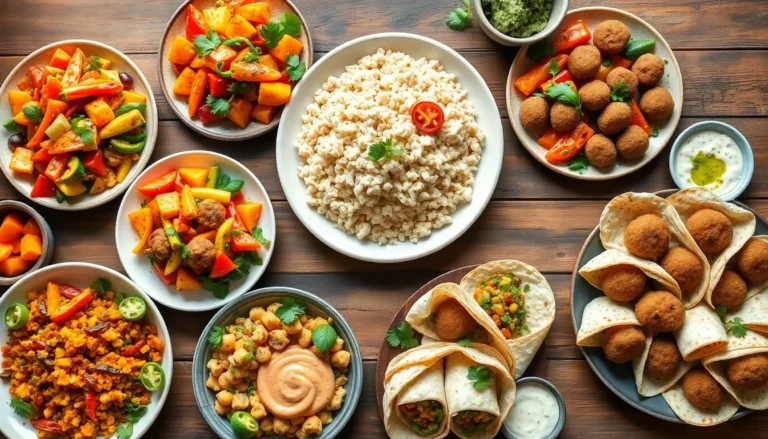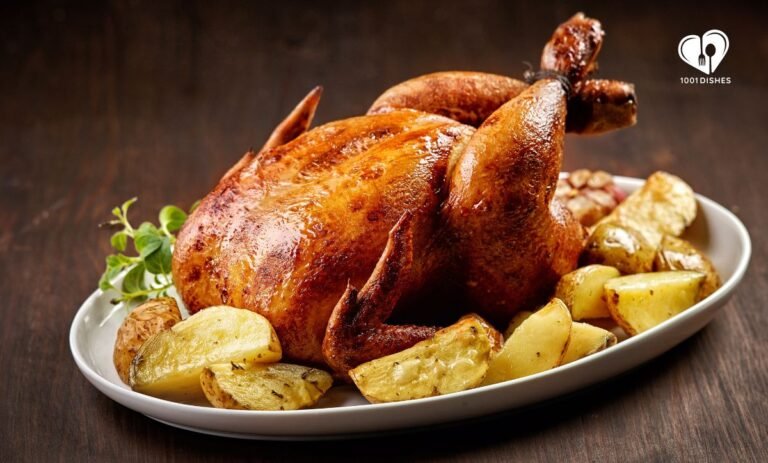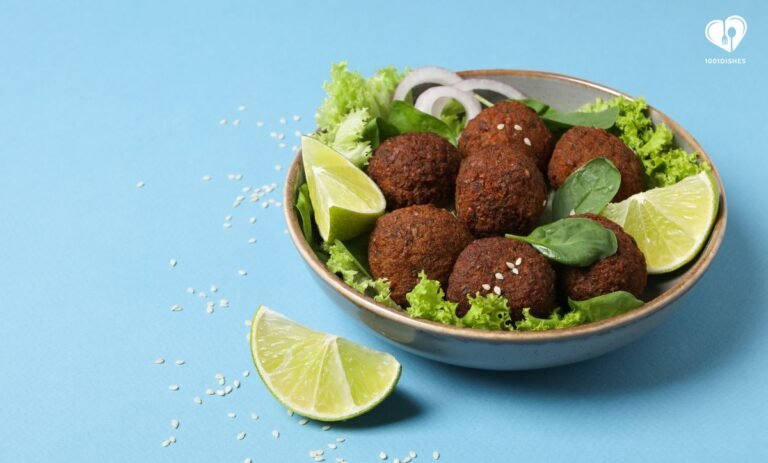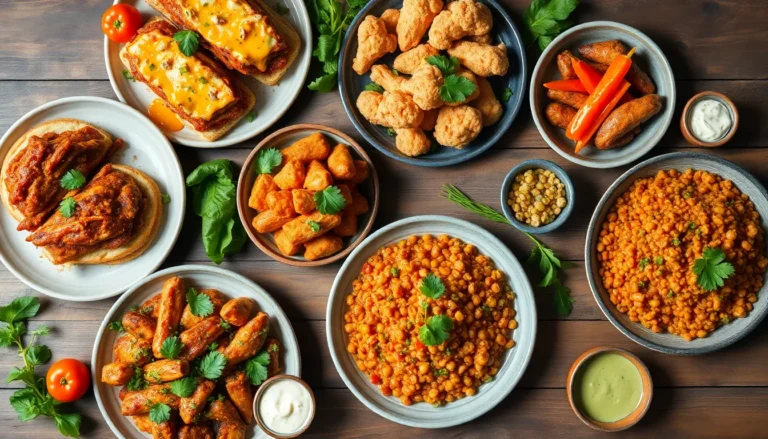Essential Herbs and Spices: How to Use Them to Elevate Your Cooking
Herbs and spices are the heart of flavorful cooking, transforming ordinary dishes into extraordinary experiences. Whether you’re a seasoned chef or a home cook, understanding how to use herbs and spices can elevate your culinary creations. Here’s a guide to some essential herbs and spices, along with tips on how to use them to enhance your meals.
1. Basil: The Sweet and Aromatic Herb
Basil is a versatile herb known for its sweet and slightly peppery flavor. It’s a key ingredient in Italian cuisine and pairs wonderfully with tomatoes, garlic, and cheese.
- Uses: Add fresh basil to salads, pasta sauces, and pizzas. Dried basil can be used in soups and stews.
- Tip: Add fresh basil at the end of cooking to preserve its flavor. Dried basil is best used in longer-cooking dishes.
2. Thyme: The Subtle and Earthy Herb
Thyme has a subtle, earthy flavor with hints of mint and lemon. It’s great for adding depth to dishes without overpowering them.
- Uses: Perfect for seasoning roasted meats, vegetables, and soups. It’s also great in marinades and dressings.
- Tip: Use fresh thyme sprigs for roasting and remove them before serving. Dried thyme is ideal for slow-cooked dishes.
3. Rosemary: The Bold and Piney Herb
Rosemary has a strong, pine-like flavor that adds a distinctive taste to dishes. It pairs well with hearty foods and rich flavors.
- Uses: Ideal for seasoning lamb, chicken, and potatoes. It’s also excellent in breads and focaccia.
- Tip: Use rosemary sparingly, as its strong flavor can dominate. Fresh rosemary is great for roasting, while dried rosemary can be used in rubs and seasonings.
4. Cumin: The Warm and Nutty Spice
Cumin has a warm, nutty flavor with earthy undertones. It’s a staple in many cuisines, including Mexican, Indian, and Middle Eastern.
- Uses: Essential in chili, curries, and spice blends. It adds depth to soups, stews, and roasted vegetables.
- Tip: Toast cumin seeds before grinding to enhance their flavor. Ground cumin can be used directly in recipes.
5. Paprika: The Sweet and Smoky Spice
Paprika adds a sweet, smoky flavor to dishes. It’s available in various types, including sweet, smoked, and hot.
- Uses: Great for seasoning meats, adding color to dishes, and in spice blends. Smoked paprika adds a distinctive smoky flavor to dishes.
- Tip: Use paprika to finish dishes for a pop of color and flavor. Smoked paprika is perfect for adding a barbecue-like taste.
6. Garlic Powder: The Savory and Pungent Spice
Garlic powder provides a concentrated garlic flavor without the pungency of fresh garlic. It’s a convenient way to add garlic flavor to dishes.
- Uses: Ideal for seasoning meats, vegetables, and sauces. It can also be used in spice blends and marinades.
- Tip: Combine garlic powder with onion powder, salt, and pepper for a versatile seasoning mix.
7. Turmeric: The Golden and Earthy Spice
Turmeric has a warm, earthy flavor with a vibrant golden color. It’s commonly used in Indian and Middle Eastern cuisines.
- Uses: Essential in curries, rice dishes, and soups. It adds a distinctive color and mild flavor.
- Tip: Turmeric pairs well with black pepper, which enhances its absorption and flavor.
8. Oregano: The Robust and Pungent Herb
Oregano has a robust, slightly bitter flavor with hints of mint and pepper. It’s a staple in Mediterranean and Mexican cuisines.
- Uses: Great in tomato-based dishes, pizzas, and grilled meats. It’s also used in spice blends and marinades.
- Tip: Use dried oregano in longer-cooking dishes. Fresh oregano is best used in salads and as a finishing touch.
9. Cinnamon: The Sweet and Warm Spice
Cinnamon adds a sweet, warm flavor to both sweet and savory dishes. It’s a versatile spice used in many cuisines.
- Uses: Ideal in baked goods, desserts, and spice blends. It’s also great in savory dishes like stews and curries.
- Tip: Use cinnamon sticks for infusing liquids and ground cinnamon for baking and seasoning.
10. Ginger: The Zesty and Pungent Spice
Ginger has a zesty, slightly spicy flavor with a touch of sweetness. It’s widely used in both sweet and savory dishes.
- Uses: Essential in Asian cuisines, baked goods, and teas. It adds a fresh, lively flavor to stir-fries, soups, and marinades.
- Tip: Use fresh ginger for a stronger flavor and ground ginger for a milder taste.







